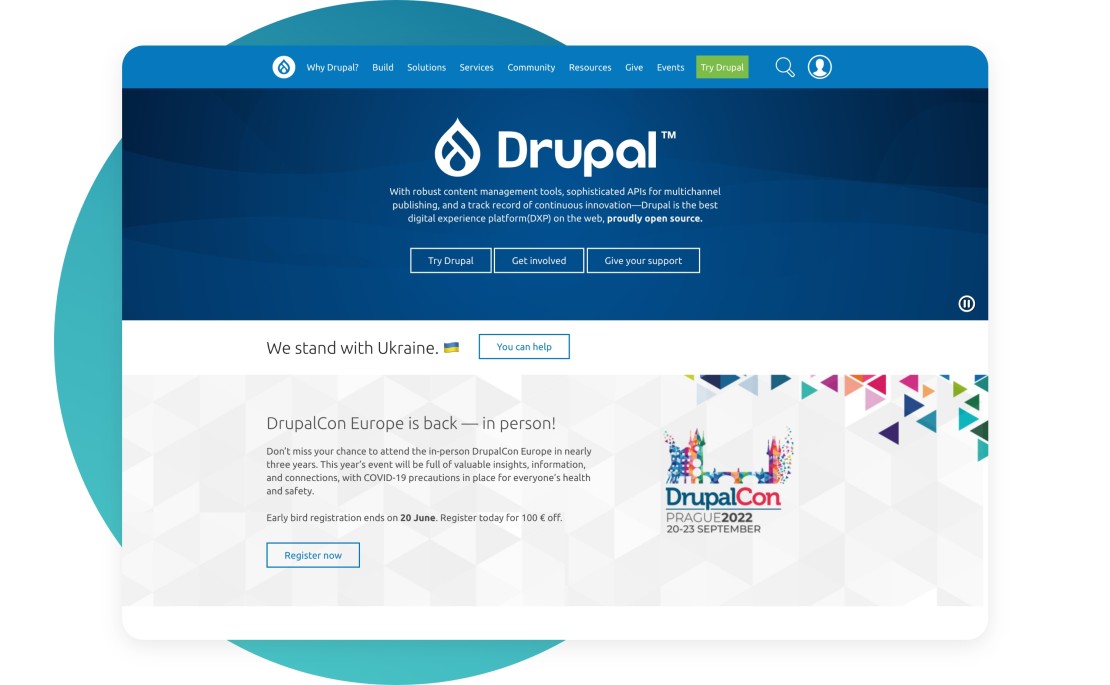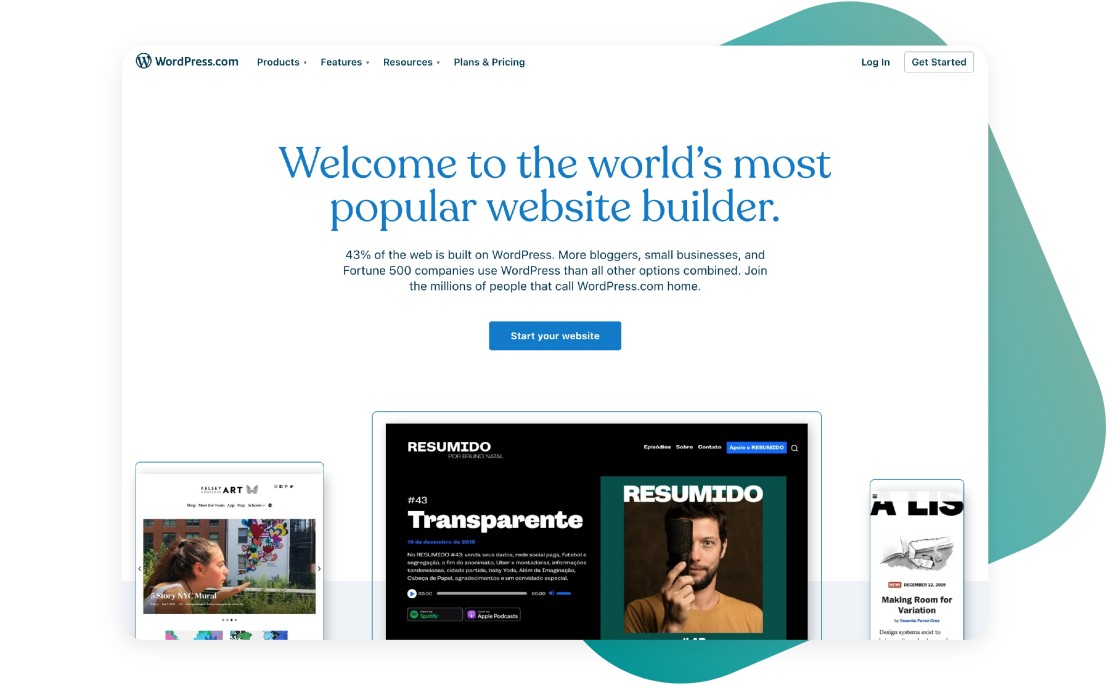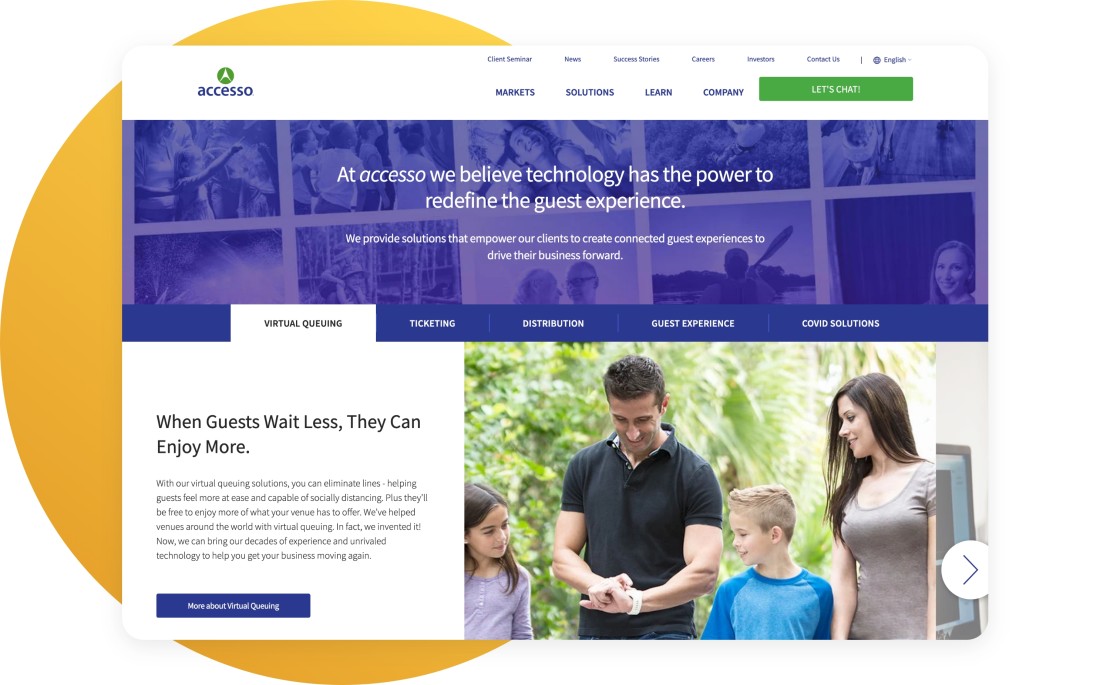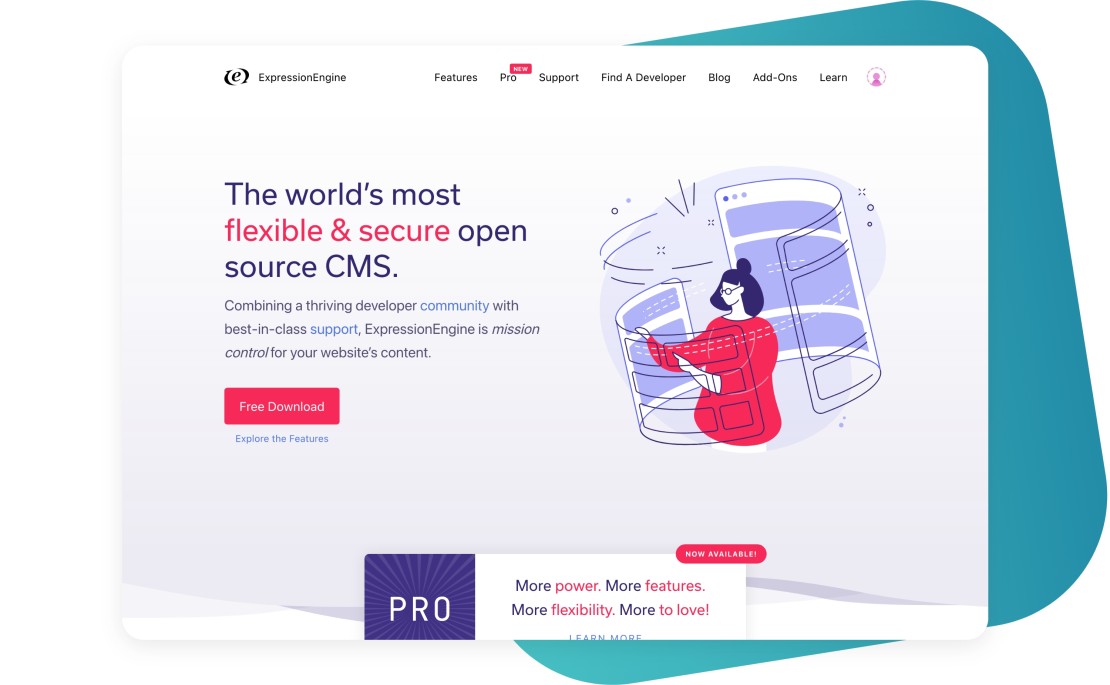Most Popular Content Management Systems Used by Museums
Why do people visit museum websites? I'd say, primarily to gather practical information, such as opening hours, prices, and calendar of exhibitions. However, modern museum sites offer much more than that. With a well-developed website, a museum team can highlight top features and best collections, make the audience more involved, and gain more visitors.
For a successful implementation of all the valuable features, a proper choice of a CMS is essential. Some of them would definitely suit a museum website's goals better than others. The right choice of content management system can influence, among other things, site content and digital marketing campaigns. In this article, we'll review the most popular CMSs used by the world's largest museums.
What a Museum Website Needs
First, let's briefly discuss why museums actually need websites except for publishing ticket prices and opening hours. Many museum websites these days significantly differ from just an online business card. This is what museums can achieve with the help of a website.
- Gain more visitors by publishing information about new expositions or events that the museum hosts. For this purpose, it's critical to have professionally made SEO because well-optimized sites appear higher on the Google top.
- Increase visitors' involvement in what a museum offers by showing engaging content. Photo galleries or blog posts about exhibitions and art, in general, can be very attractive for certain audiences.
- Expand the audience by digitizing art collections and enabling access to them via the website. This question arose particularly during the pandemic when in-person visits were not possible. It turned out that online museum tours are not only better than nothing but also have real advantages. For example, online visitors can take a closer look at pieces of art.
- Simplify access to museum tickets by selling them via the website. Another thing we've become more aware of with the pandemic is that we want to avoid staying in line. Many museums have enabled the option of reserving or buying admission tickets online, which is helpful in so many ways.
These are just several reasons why a museum may need a decent website. Now, let's review the CMSs that museums tend to choose to implement all the features they need and facilitate site administration and content creation and editing.
Most Popular Content Management Systems for Museums
Drupal
Drupal is one of the most popular CMS for museum websites, and there are good reasons for that.
- It's a robust framework suitable for websites of any size and complexity. In particular, it is capable of serving larger organizations with heavy websites with an immense amount of regularly updated content.
- Drupal has always stood out as a CMS with massive community support. When it comes to building museum websites, it's no exception. There's a special Drupal Cultural Heritage group created in order to support Drupal developers in the field of humanities and archaeology.
- It is by far the most secure CMS out there. Its reputation is so good that even governmental organizations choose Drupal when building websites. Drupal's developers and community continually test and monitor the modules for vulnerabilities. They implement updates and security patches regularly, keeping the system safe.
Disadvantages: While being a very powerful CMS that allows building scalable sites, Drupal's complexity is relatively high. It's not easy to grasp all its functionality for a non-tech person. So a company might consider hiring a Drupal specialist to develop and maintain the website.
Examples: National Museum of American History, National Museum of Natural History, National WWII Museum New Orleans.
WordPress
WordPress is the world's most popular CMS, and many museums choose it to build their website.
- It offers an extensive amount of themes and plugins to customize the site appearance so that it would match the whole concept of the museum. Community members publish new themes regularly, allowing users to upgrade the site as needed.
- It enables the creation of pages with embedded photos and videos to demonstrate the collections.
- With WordPress, one can easily build a mobile-friendly website. On the other hand, there's an option to choose one of the responsive themes that would look nice both on desktop and mobile.
- Basic WordPress is free, so it's possible to build a good-looking site even without or almost without a budget. Later on, if there's a need for advanced customization, one may consider upgrading to a paid version.
Disadvantages: The system is easy to comprehend, which is a good thing, but there's a flip side as well. WordPress has a weak core code, and if the system isn't set up properly, it becomes prone to hacker attacks.
Examples: Museum of Modern Art, Museum of History & Industry MOHAI
More CMSs Used by Museums
The vast majority of the museum websites use these two content management systems. It is only logical because both WordPress and Drupal are very well-known, supported by communities, and can offer whatever a web developer needs. But more CMSs emerge from time to time. Let's have a quick look at them as well.
Accesso
Accesso is a specialized CMS for arenas, cultural arts, or festivals. It offers virtual queuing solutions to eliminate waiting in lines and help maintain social distancing. It also provides tools to optimize visitors' experience by offering personalized content, tips, and offers.
One of their features is a ticket distribution platform that can integrate via an API with global ticketing systems. Such an approach eases a sales flow and opens access to many new potential visitors.
Example: The Henry Ford Museum
ExpressionEngine
ExpressionEngine is a commercial, modular CMS that enables quick and easy ways for content creators and editors to add new sections to the website or publish articles to multiple distribution channels in a single step. It is especially convenient for building a well-structured website where one wants to post a lot of text content, and it works equally well for both small, static sites and dynamic content-heavy sites.
It offers tools for managing mailing lists, spam detection, gathering traffic statistics, and more.
Example: United States Holocaust Memorial Museum
Umbraco
Umbraco is a flexible and straightforward content management system platform. They position themselves as a user-friendly CMS for those who want to manage the website quickly without diving deep into technicalities. At the same time, they offer great flexibility meaning that if developers want to build a more complex website with custom functionality, there are tools for that as well.
There's an open-source version of the CMS that is distributed for free. It is suitable for those who what to host the site themselves. The paid version goes with access to the Umbraco Cloud, which includes hosting, upgrades, and security fixes from the developers.
Example: Denver Museum of Nature and Science
Conclusion
A website is an effective tool for a museum to reach a wider audience and spread the value of its art. Museum websites usually contain a variety of text and visual content that needs to be updated on a regular basis. Digitized collections and online exhibitions are heavy content, and sometimes it can be tricky to manage it in a way to satisfy the visitors.
These prerequisites don't make the choice of the CMS for a museum website easier. We've reviewed the most popular content management systems that museums use these days. If you need help choosing the CMS or setting up the website, feel free to contact us!
LET'S CONNECT
Get a stunning website, integrate with your tools,
measure, optimize and focus on success!













